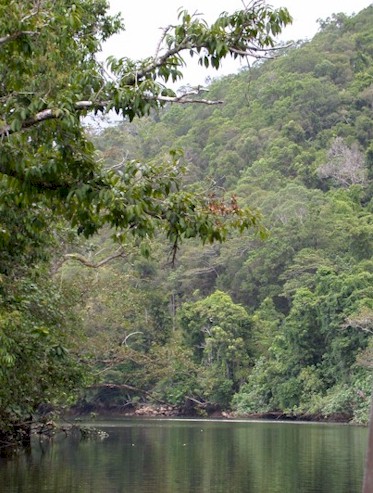

River scene in Queensland
Introduction to Darwinian Evolution
A. How did biodiversity come about?
Darwin's Explanation
"gradual divergence"
What is evolution?
What is a population?
Overview of Evolution
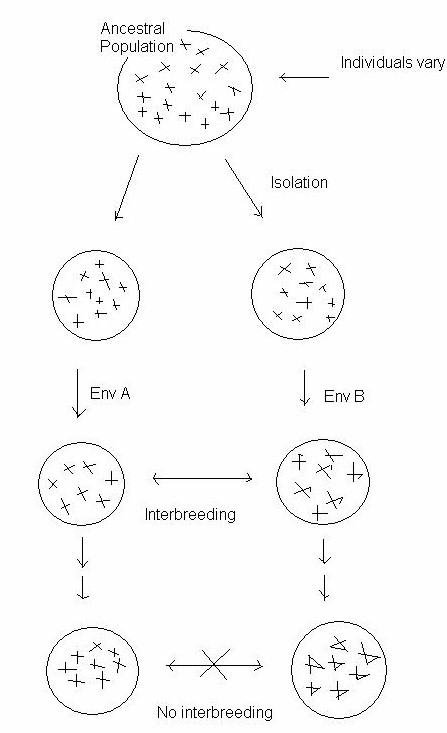
-microevolution
-macroevolution
B. Ideas About Evolution Before Darwin
1. Aristotle (384-322 BC)
Scale of Nature
2. Leonardo da Vinci (1452-1519)
3. Jean Baptiste de Lamarck (1744-1829)
Philosophie Zoologique (1809)
How the neck of the giraffe came to be
C. Age of Darwin

1. early life
3. Evidence/Ideas used by Darwin
-Charles Lyell: 1830 Principles of Geology. Conclusion: The earth is very old
-artificial selection (methods used by plant and animal breeders)
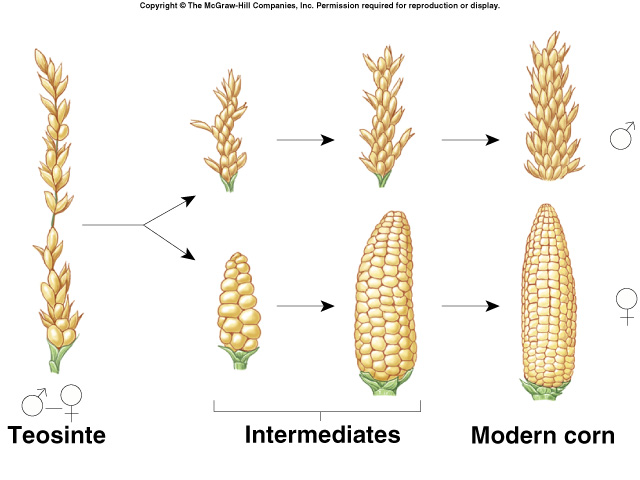
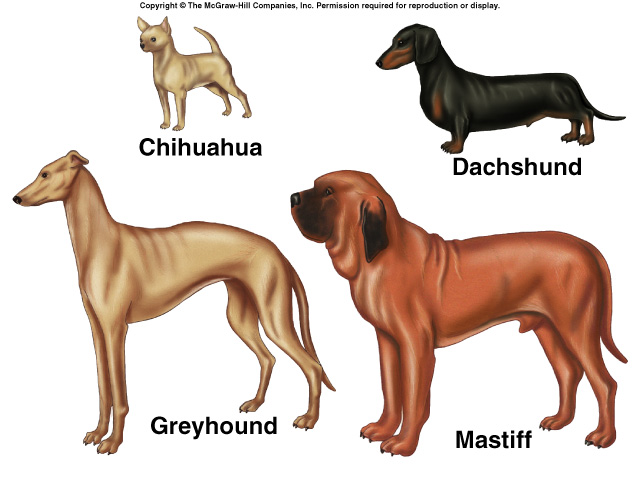
-Thomas Malthus (1766-1834)
Essay on the Principle of Population As It Affects the Future Improvement of Society (1798)
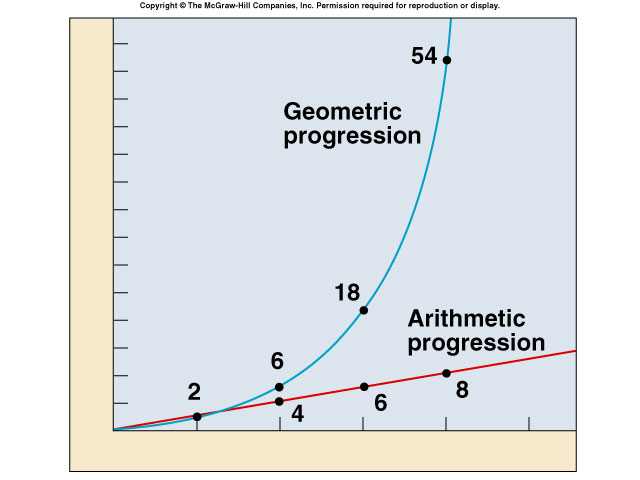
4. Darwin's Synthesis
Evolution By Natural Selection
1858 Presentation to Linnaean Society (with A. R. Wallace)
1859 The Origin of Species by Natural Selection
Four Key Points:
a. Variation
b. Overproduction
c. Limits on Population Growth or a "Struggle For Existence"
d. Differential Reproductive Success
example: Darwin's Finches:

one ancestral mainland species (with variations) ------> move to different islands----->lots of time& different environments------->13 species
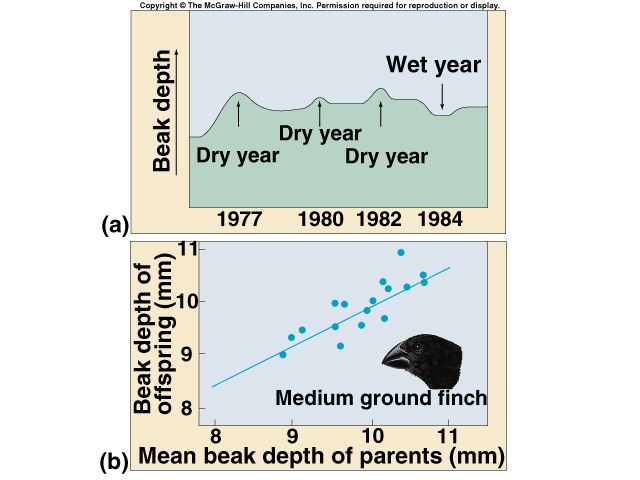
D. Evidence to Support Evolution
1. Fossil Record
-bogs
-ice
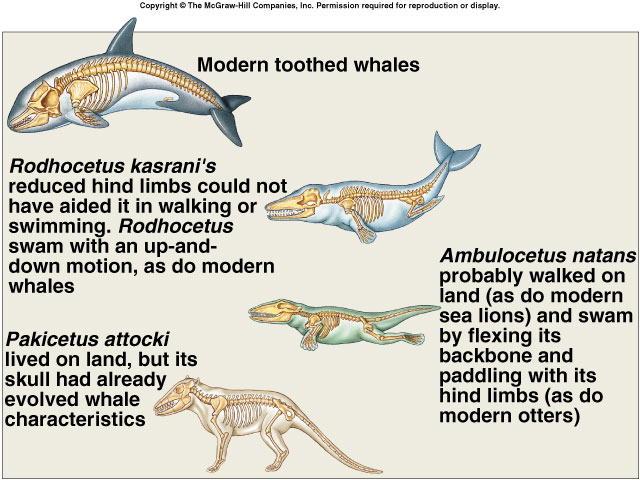
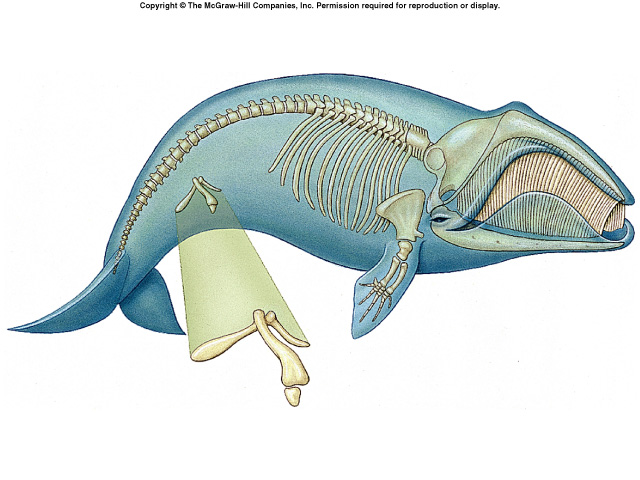
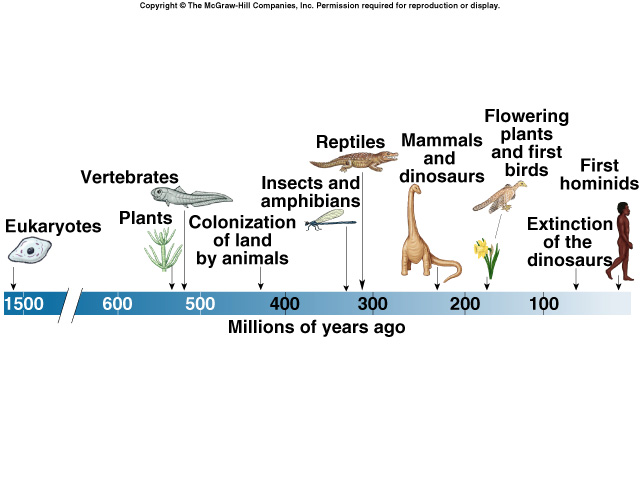
2. Comparative Anatomy

-vestigial structures
3. Distributions of Species (Biogeography)
-not just environment that determines where organisms are found:
Darwin's finches-similar to SA mainland, not other islands with similar habitats
polar bears and penguins
Biogeographical data can be misinterpreted-convergent evolution
4. Molecular Biology
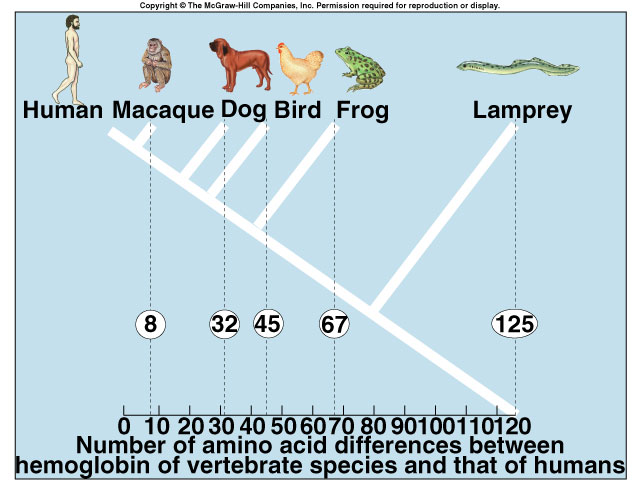
DNA sequences and phylogeny
| Comparison of Human DNA with | % Divergence in a selected DNA sequence |
| Chimpanzee | 1.7 |
| Gorilla | 1.8 |
| Orangutan | 3.3 |
| Gibbon | 4.3 |
| Rhesus Monkey | 7.0 |
| Spider Monkey | 10.8 |
| Tarsier | 24.6 |
5. Evidence of Ongoing Evolution
-development of bacterial resistance to antibiotics
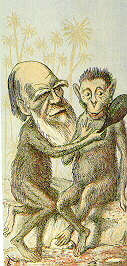
Darwin's critics respond with their best argument